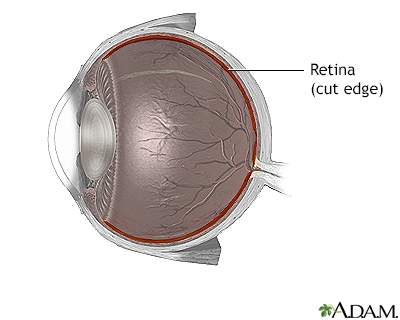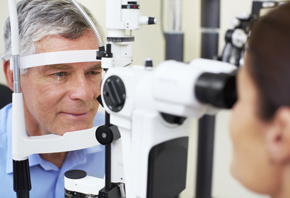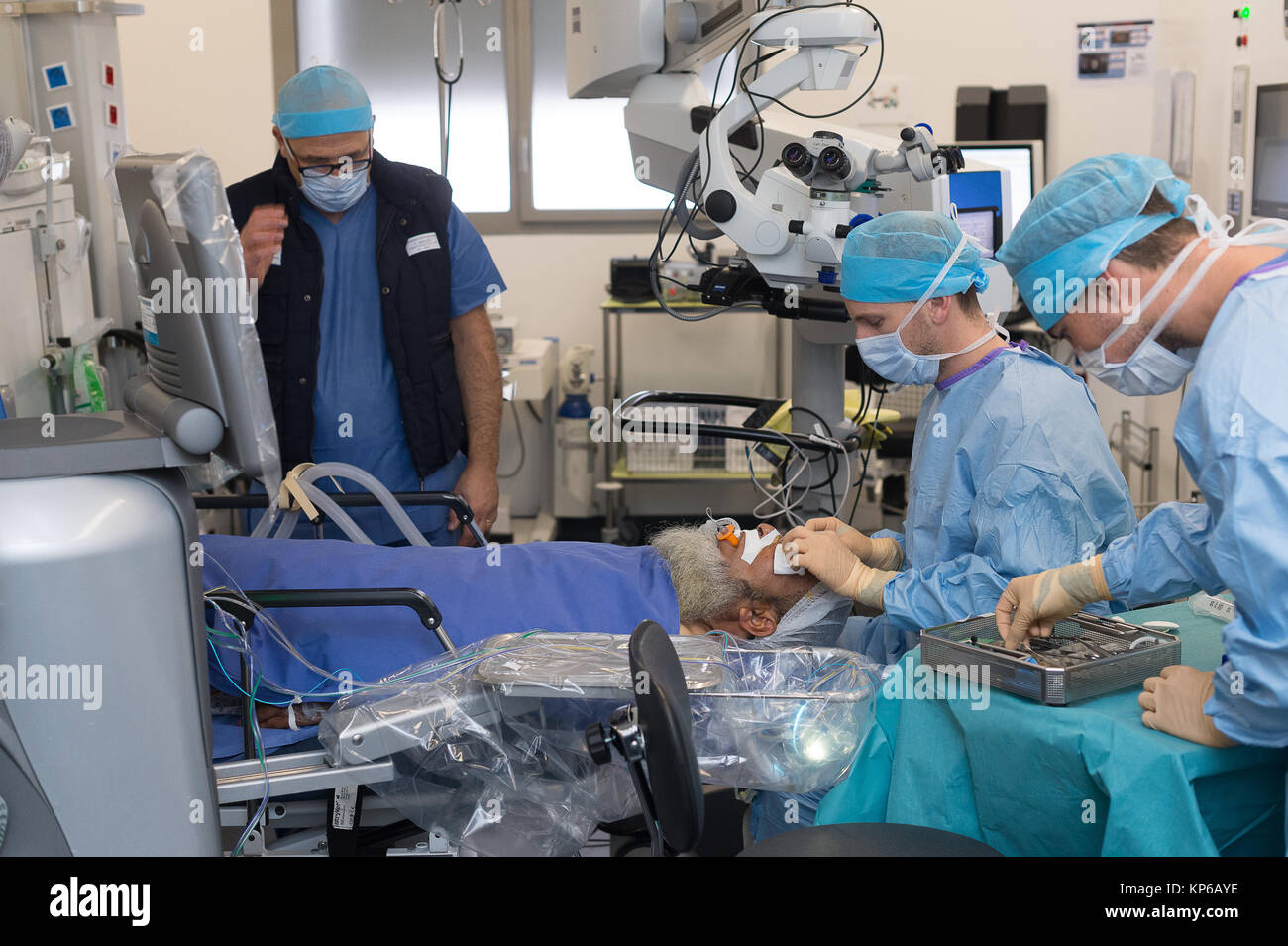

When a retinal tear or hole hasn't yet progressed to detachment, your eye surgeon may suggest one of the following procedures to prevent retinal detachment and preserve vision. Together you can determine what procedure or combination of procedures is best for you.

Ask your ophthalmologist about the risks and benefits of your treatment options.

#U of m retina detachment surgery professional#
His educational background, which includes fellowship training and a multi-decade commitment to professional development sets his medical and surgical practice apart from general ophthalmology practices. He is committed to state-of-the-art management for diseases of the vitreous, retina and macula in a community setting. Balyeat’s ophthalmology practice is dedicated to providing high quality diagnostic expertise and both medical and surgical management for diseases of the retina. He is currently chairman of the board of Utica Physicians Association, LTD (UPAL), a physician-owned organization that provides business and financial services to physicians and their office staffs with an ethical and patient- centered orientation.ĭr. Balyeat is board certified by the American Board of Ophthalmology, a member of the American Medical Association (AMA), a fellow of the American Academy of Ophthalmology (AAO) and a fellow of the American Society of Retina Specialists (ASRS). Jarrett, MD at the Atlanta Ophthalmology Consultants, Piedmont Hospital in Atlanta, GA.ĭr. Balyeat completed a retinal surgical fellowship under the guidance of William S. After completion of an ophthalmology residence at OU’s Dean A. His internship combined rotations in internal medicine, neurology and general surgery. Balyeat attended Duke University as an undergraduate majoring in chemistry and graduated from the University of Oklahoma College of Medicine.


 0 kommentar(er)
0 kommentar(er)
